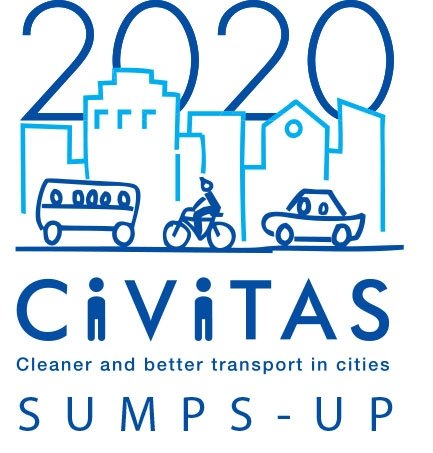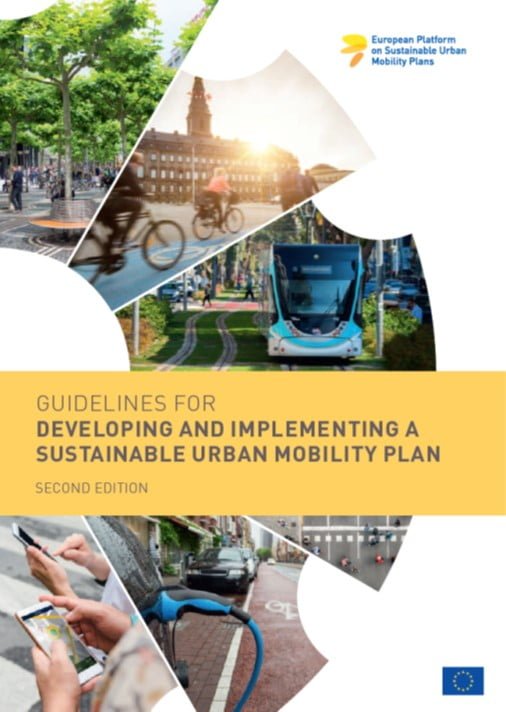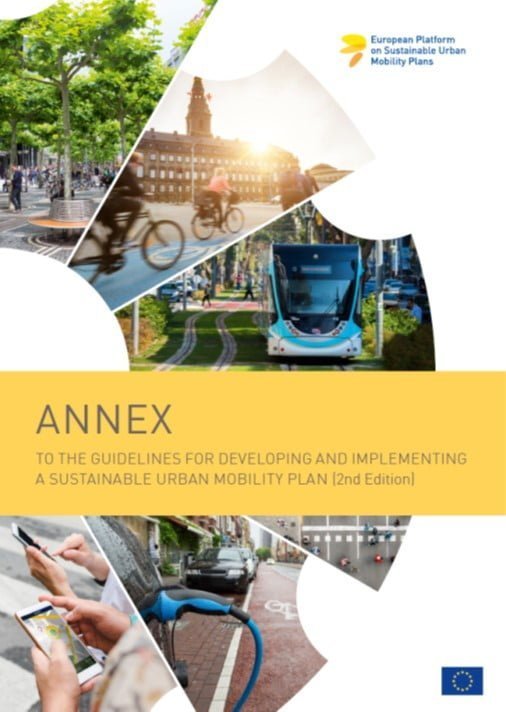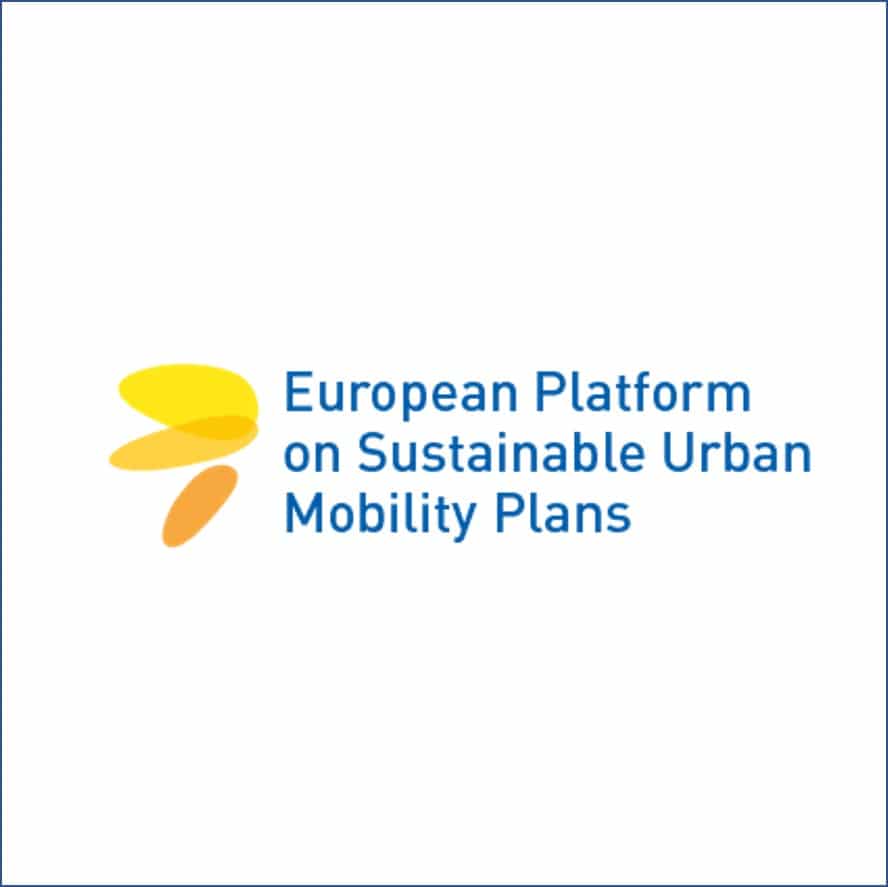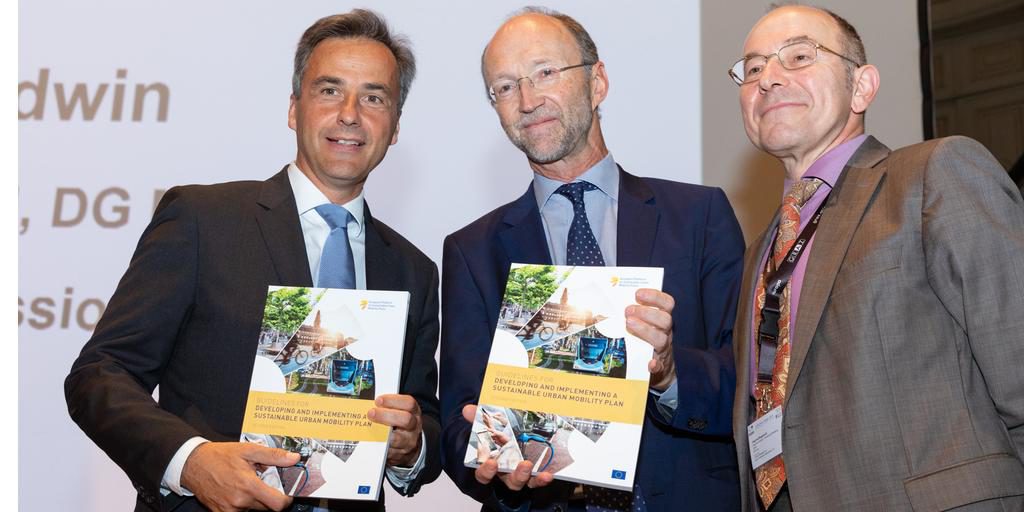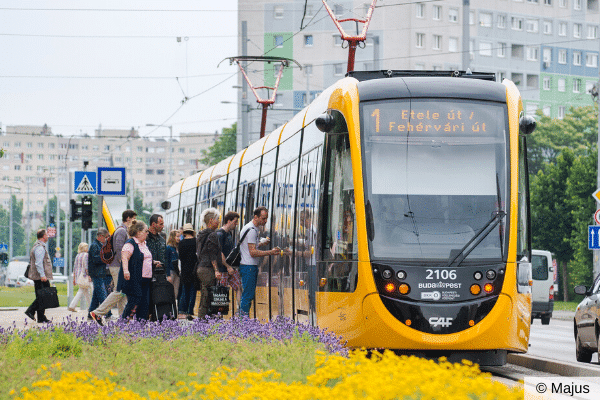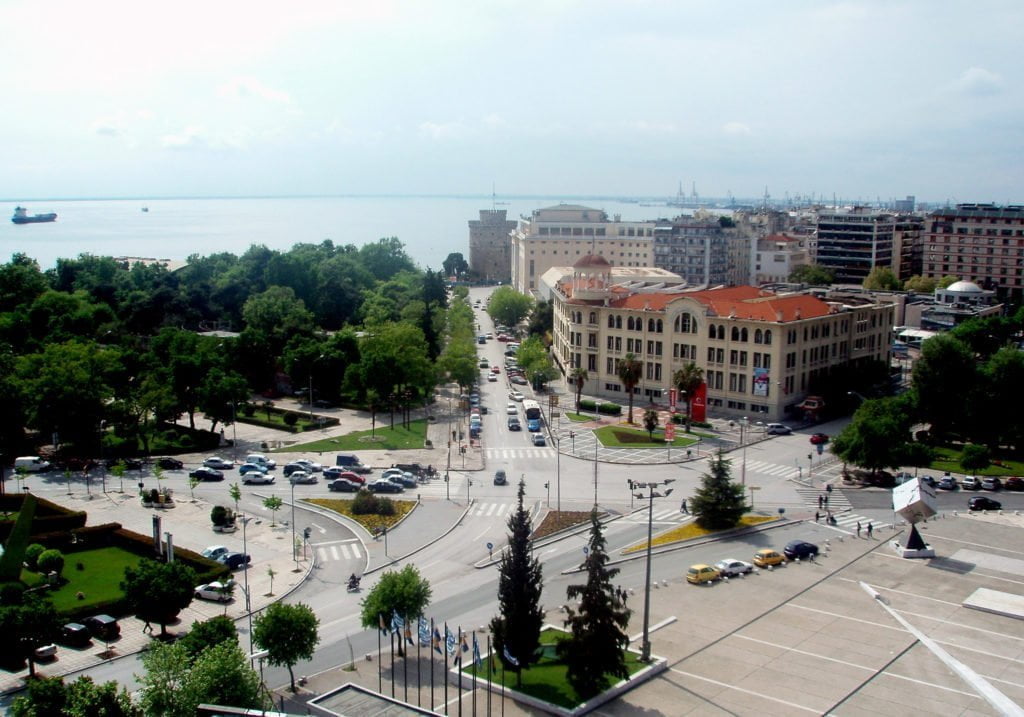SUMPs-Up
The aim? To support the introduction of cleaner, sustainable mobility solutions in SUMPs.
CIVITAS SUMPs-UP's goal was to help cities that experience negative effects of transport, develop Sustainable Urban Mobility Plans (SUMPs) - strategic long-term planning documents that integrate all transport modes and contribute to sustainable urban development.
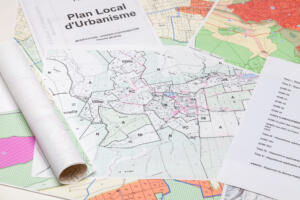 The project assisted planning authorities to overcome the barriers that prevented or made it difficult to implement SUMPs by focusing on capacity building, tailored information, and support during the development and implementation phases of SUMPs.
The project assisted planning authorities to overcome the barriers that prevented or made it difficult to implement SUMPs by focusing on capacity building, tailored information, and support during the development and implementation phases of SUMPs.
At the core of these activities was a capacity-building programme. This consisted of five SUMP Learning Programmes (SLPs) in which groups of cities tested tools for SUMP development and implementation. Furthermore, SUMPs-Up addressed national governments and encouraged them to develop facilitating structures for SUMPs.
At the start of the project, a user needs assessment identified barriers that cities face in the SUMP process. Its findings informed the creation of planning tools, materials and guidance linked to various mobility policy areas.
Seven city partners acted as role models for other cities: Birmingham (UK), Budapest (Hungary), Malmö (Sweden), Donostia-San Sebastian (Spain), Sofia (Bulgaria), Thessaloniki (Greece), and Turin (Italy). Moreover, the project worked with four countries - Bulgaria, Italy, Romania, and Greece – on elaborating SUMP-supportive programmes at the national level.
CIVITAS SUMPs-Up key deliverables: Report "Standards for SUMP Action Plans", "City level monitoring and impact evaluation report: "Influences of SUMP on mobility planning in cities", SUMP policy paper for national decision-makers and Interim result report of the city level SUMP monitoring and impact evaluation
CIVITAS SUMPs-Up received funding from the European Union’s Horizon 2020 research and innovation programme.
Want to keep up with the latest news? Visit the project's website.
